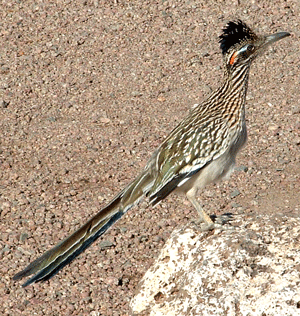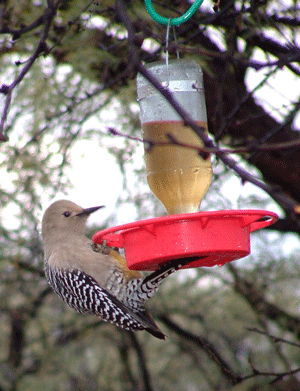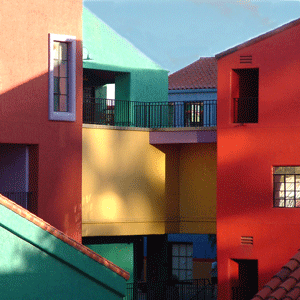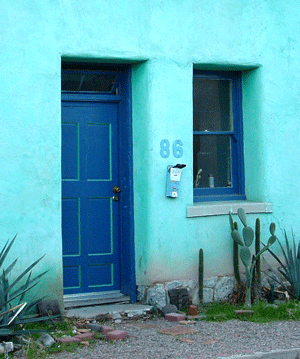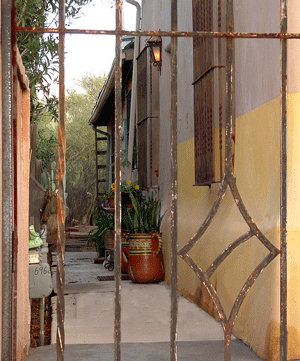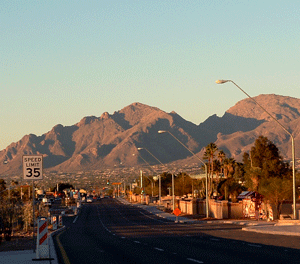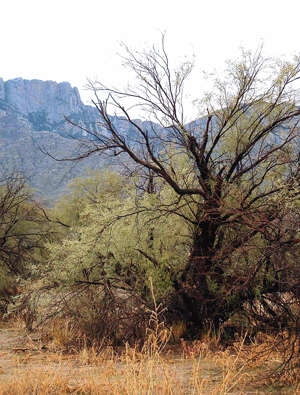|
Outside of downtown, Tucson is like many western cities, sprawling out into the desert. Within five miles or so of downtown, the city is laid out on a large grid that
makes it easy to get around. At first it all seemed uniform, but I quickly began to identify my own landmarks and to know where “my” kind of places were to be found.
The University of Arizona is close to downtown, and I went to a fascinating photo exhibit there one Sunday afternoon. Near the university is the Fourth Street stretch,
where the Food Conspiracy Coop is to be found, and where there was a truly amazing street festival one weekend. Further out, I landed on a splendid bookstore, |
|
|
|
as big
and as organized and trendy as a Borders, but all used books. And free wifi, too. That was a serendipitous find. I spent a good bit of time there, though not much money – I
sold more books than I bought, and ended up giving away scrip entitling me to buy more there. Around the corner from Bookmans is a fine coffee house called Raging
Sage, where I also spent a lot of time. And down the road from there is a sandwich place that bakes bread worth driving across town from. I felt I’d found my pocket in
Tucson, near the corner of Campbell and Grant.
The city is growing fast to the north, spilling around Catalina State Park and up the sides of the mountains. Rush hour traffic up Oracle Road to the park was a
nightmare, inching for miles past shopping malls, restaurants, low-rise offices, housing developments, and gas stations. East of Oracle, luxurious new malls were going
up, to meet the shopping needs of the people buying the lavish homes spreading among the cactus. At night, the sparkling lights of the city spreading across the valley
were beautiful, but in the daytime it just looked like miles of sprawl in the desert haze.
To the west, development hasn’t happened quite as fast. I had lunch with a friend who lives on the western side of town. She has a modest older house on five acres
of land. She’s not part of a “development,” so the land around her place looks as it always did; dirt roads, scrubby bushes, cactus, and a few houses sprinkled here and
there with pickups or battered cars in front. It doesn’t look like someone’s idea of a country estate, with cactus carefully flanking formal entrance gates, finely paved
roads sweeping in careful curves from home to home, Porsches and SUVs hidden in the garages, and high-tech security systems everywhere in evidence. In my friend’s
neighborhood folks are fighting to protect themselves from the developers. They have managed to get one square mile plot preserved as open space, but thirty new
houses are slated to go up on a nearby ridge.
Continue to the next entry.
Return home.
Unless otherwise indicated all text and photos on this site ©Joy E. Hecht.
|
